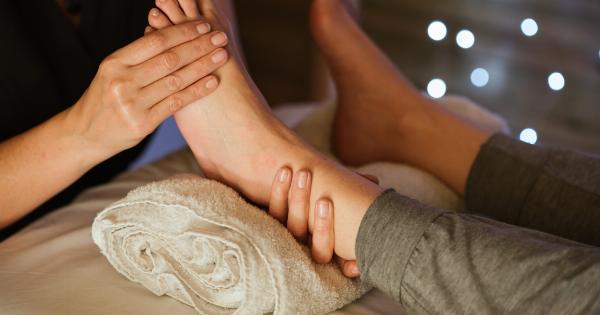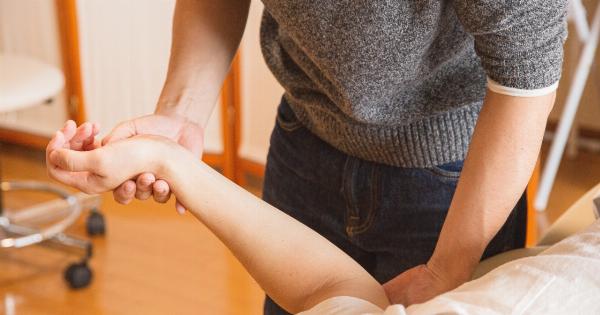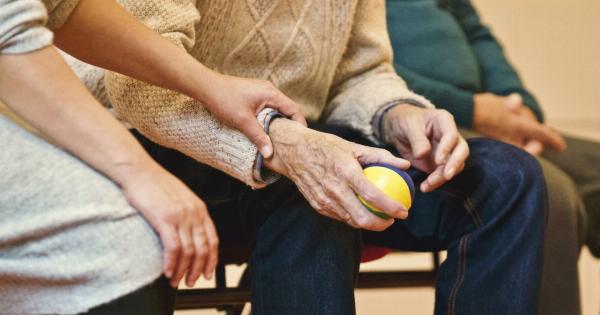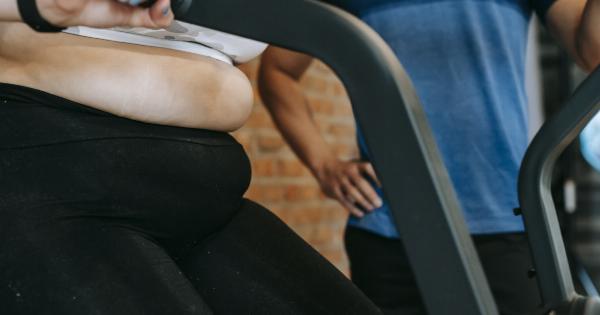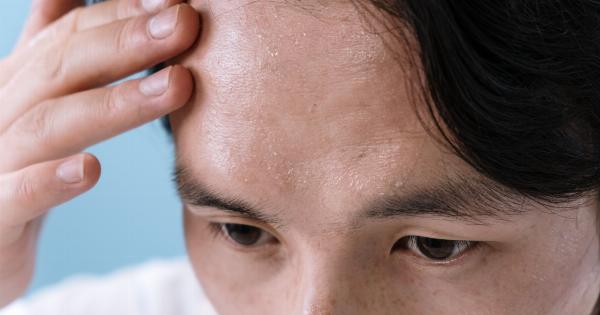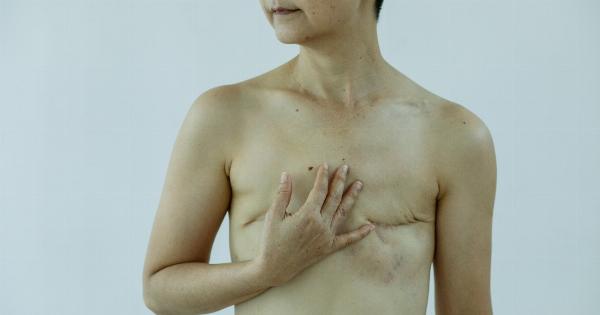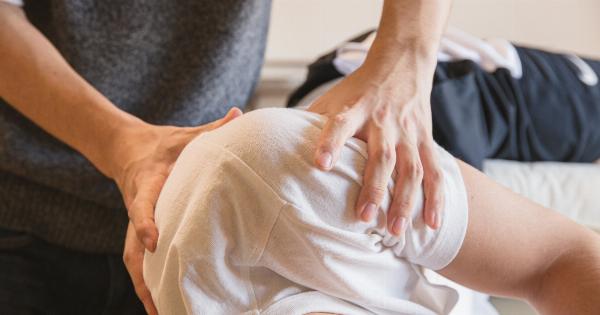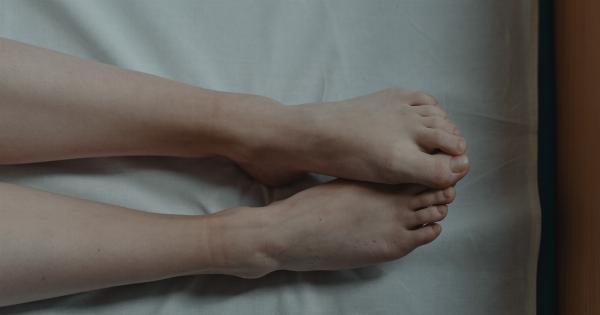Chronic pain can be an unbearable struggle for some, reducing quality of life and impacting daily activities.
It is commonly treated with painkillers and medications, but there are alternative approaches that can provide relief and address the source of pain in a more natural way.
1. Physical Therapy
Physical therapy involves the use of exercises and manual techniques to alleviate pain, improve mobility, and restore function to the body. It can be used as an alternative to medication or in combination with other treatment methods.
Physical therapists can work with patients to create tailored exercise plans and provide guidance on posture and movement to reduce pain and prevent future injury.
2. Acupuncture
Acupuncture is an ancient Chinese therapy that involves the insertion of fine needles into specific points on the body to relieve pain and promote healing.
It is thought to work by stimulating the body’s natural healing processes and releasing endorphins, which are natural painkillers. While the science behind acupuncture is still not fully understood, many people find it effective in reducing pain and improving overall well-being.
3. Chiropractic Care
Chiropractic care involves the use of manual techniques to manipulate the spine and other joints in the body, with the goal of relieving pain and improving function.
Chiropractors focus on the relationship between the spine and the nervous system, believing that misalignments can lead to pain and other health problems. Treatment may involve spinal adjustments, massage, and other manual therapies.
4. Herbal Remedies
Herbal remedies have been used for centuries to treat a variety of ailments, including pain. Some herbs, such as turmeric and ginger, have anti-inflammatory properties that can help reduce pain and swelling.
Others, such as valerian root and passionflower, have sedative effects that may help with pain-related sleep disturbances. Herbal remedies should be used with caution, however, as they can interact with medications and have side effects.
5. Mind-Body Therapies
Many people with chronic pain find relief through mind-body therapies such as meditation, yoga, and tai chi. These practices promote relaxation, stress reduction, and improved body awareness, which can all help alleviate pain.
They may also help with depression and anxiety, which are commonly associated with chronic pain.
6. Massage Therapy
Massage therapy can help reduce muscle tension and improve circulation, which can be beneficial for people with chronic pain. It can also promote relaxation and reduce stress, which may contribute to pain relief.
Different types of massage therapy, such as deep tissue or Swedish massage, may be more effective for certain types of pain.
7. Heat and Cold Therapy
Heat and cold therapy can be used to reduce pain and inflammation in the body. Applying heat, such as with a heating pad or warm towel, can relax muscles and improve circulation.
Cold therapy, such as with an ice pack or cold compress, can reduce swelling and numb pain. Different types of pain may respond better to heat or cold therapy, so it’s important to talk with a healthcare provider to determine which method is most appropriate.
8. Biofeedback
Biofeedback involves the use of electronic monitors to help people learn to control their bodily functions and responses, such as heart rate and muscle tension.
The goal is to give people the ability to manage their pain and stress levels by becoming more aware of their physical responses and learning how to change them.
9. Hypnotherapy
Hypnotherapy is a complementary therapy that involves deep relaxation and suggestive therapy to help people manage pain. It is thought to work by accessing the subconscious mind and changing patterns of thought and behavior.
Hypnotherapy can be used in combination with other therapies, such as cognitive-behavioral therapy, to help people with chronic pain cope and manage symptoms.
10. Exercise and Movement
While it may seem counterintuitive to exercise when in pain, staying active and incorporating movement into daily life can help reduce pain and improve overall health.
Exercise can help build strength in muscles and joints, reducing pressure on painful areas. It can also release endorphins, which are natural painkillers. Physical activity can be tailored to individual needs and limitations, and may include low-impact exercises such as swimming or walking.


